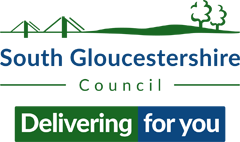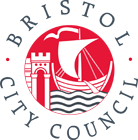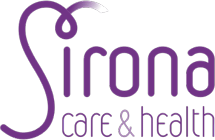Projects and activities
Active Lives HIT projects
Retirement in ACTion (REACT) study
An intervention to support the prevention of mobility-related disability in moderately frail older people. The two-centre study tested whether a group-based exercise and socio-educational programme can help older adults improve and maintain their functional mobility. Read the news story: Study results show that REACT prevents physical decline and is cost-effective to run.
Exercise on referral for people with mild cognitive impairment
A 12-week intervention, combining group physical exercises with social activity, to help those at risk of cognitive decline and dementia to increase their regular and long-term exercise. Evidence suggests regular physical exercise may improve cognition in later life, particularly when combined with multiple other interventions, including management of metabolic and vascular disease, good dietary intake, cognitive training and social interaction. The service evaluation took place at the Brain Centre, Southmead Hospital. Read the executive summary | Read the report
Bristol Walk Fest
A month-long celebration of walking and the UK’s largest annual urban walking festival, regularly attracting over 7,000 participants. It aims to encourage more people to walk regularly to improve physical and mental health. In response to COVID restrictions, Walk Fest worked with app developers to create and host a number of self-guided local walks on the free-to-use GoJauntly app. See the 2021 highlights story and read the latest evaluation report
Dance for Dementia
Dance for Dementia is based on a successful pilot project in Elgar Unit, Southmead Hospital in 2020 which offered older, long stay patients on the unit enjoyment, engagement and an invitation to dance and move creatively. Weekly dance sessions are run on the wards in North Bristol Trust, Weston General and the BRI. Read the evaluation report.
Healthy Ageing Directory
a resource for Bristol residents and for health and care workers, and social prescribers to signpost people to activities. Read the directory.
Activity directories
A collaboration with the WellAware directory and partners to create place-based physical activity directories and Blue Health guides
Green Spaces for Health
A study to advance understanding of enablers and barriers to older Black Caribbean and Black African adults accessing green spaces in Bristol.
Thriving Communities to increase social connectedness
The project works with those communities most impacted by the COVID-19 pandemic, including people from diverse ethnic backgrounds, those disadvantaged by poverty, disability or stigma. It aims to enhance collaboration and networking between local organisations; strengthen the range of social prescribing activities offered locally and enable social prescribing link workers to connect people to more creative community activities and services.
Into the Blue
Intergenerational proof of concept study in conjunction with The Wave surfing centre. The study will use individual live streaming to connect surfing learners with older, isolated adults and will explore benefits in terms of shared learning and experience and effects on physical and mental health and wellness of being in or near water. Project start: September 2021.
Collaborative boat-building/rowing on referral
This programme will help communities worst affected by COVID-19 to get access to a ‘blue health’ intervention designed to improve mental health, physical activity patterns and well-being. The programme also aims to enhance collaboration and networking between local statutory and voluntary sector organisations, particularly those working in areas of Bristol most affected by health, social and economic impacts of COVID. Programme start: Autumn 2021.
Collaborator projects
‘We can move’
Aims to help people in Gloucestershire become more physically active, through ‘whole system’ change that involves the county council, NHS trusts, the voluntary and community sector and citizens themselves. The programme aims to make physical activity the norm by targeting the physical environment including transport infrastructure, workplaces, communities and schools. ‘We can move’ 2019-21 was evaluated by NIHR ARC West and colleagues from the University of Bristol’s School for Policy Studies with Active Gloucestershire: find out more
Bristol Ageing Better
‘Do community-based physical activities cater for older adults with a joint replacement?’
Qualitative study by Rosie Sadler, Afroditi Stathi
Walking in Retirement study
See presentation by Aidan Searle, NIHR Bristol Biomedical Research Centre






